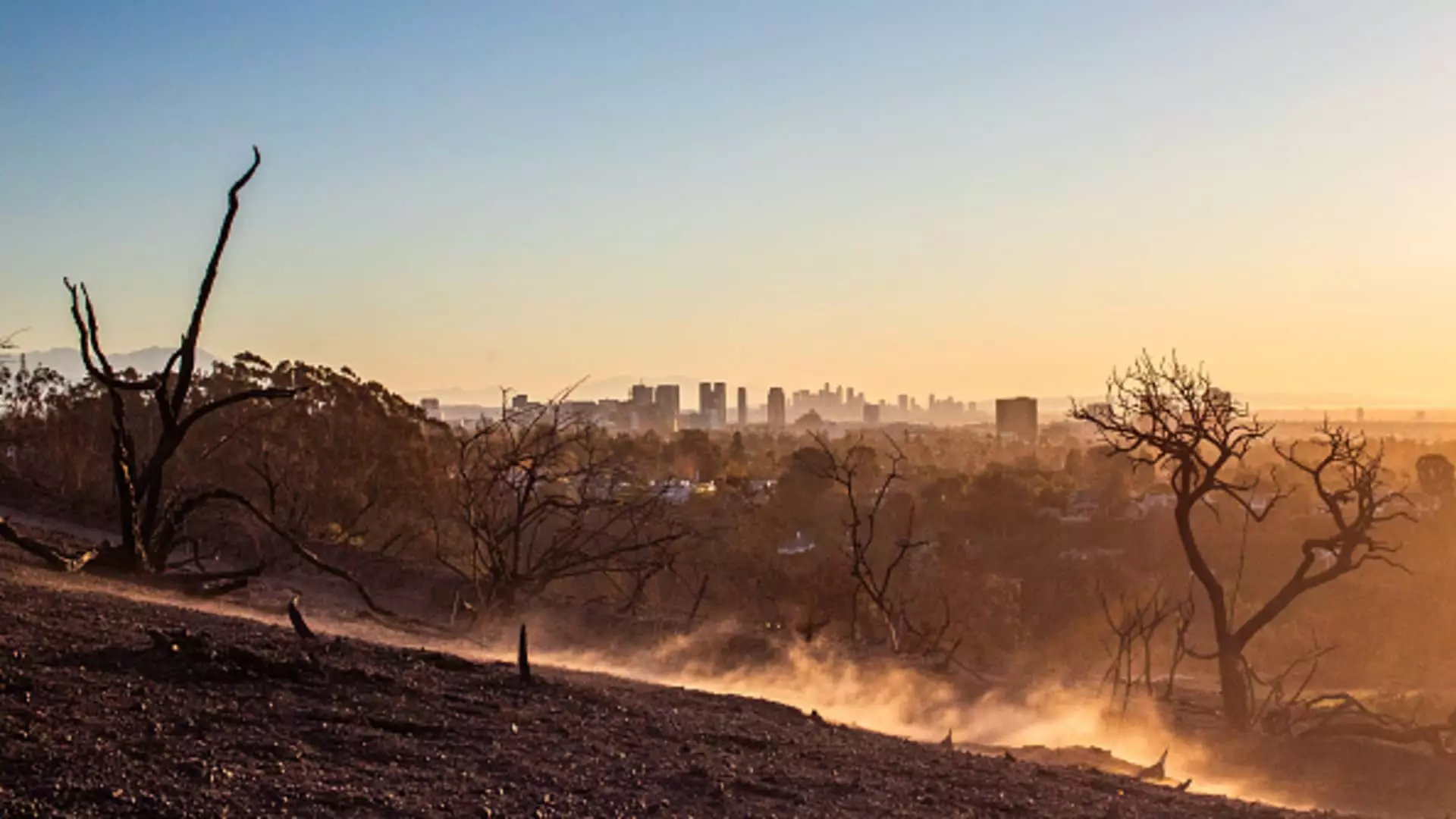The alarming rise in insurance premiums has become a significant concern for homeowners, especially those in areas frequently affected by natural disasters. The catastrophic wildfires in Los Angeles have intensified this issue, making forecasts of higher insurance premiums inevitable. As analysts predict that these fires may lead to insured losses exceeding $20 billion, the implications extend beyond California, affecting the entire nation. This article delves into the rationale behind the escalating premiums, examines regulatory frameworks, and discusses how homeowners can navigate these turbulent waters.
In recent years, insurance premiums for homeowners have skyrocketed, a trend exacerbated by the increasing frequency and intensity of natural disasters across the United States. The escalating frequency of events such as wildfires, floods, and hurricanes not only leads to direct financial losses but also reshapes the insurance landscape. California is at the forefront of this crisis, with predictions indicating that the current wildfires might become the most financially devastating in U.S. history. Patrick Douville from Morningstar aptly noted the need for risk-based pricing in the insurance industry, hinting at the necessity for insurers to adjust premiums to reflect new realities.
According to the Insurance Information Institute, a single claim related to fire damage can inflate a homeowner’s insurance premium by an average of 29%, while two claims can trigger an average increase of 60%. These eye-watering statistics underscore the challenging environment homeowners face when a disaster strikes. As insurers grapple with inflated claims and increased liabilities, the inevitability of rising premiums appears to be a reality that homeowners will have to accept.
Understanding the regulatory nuances governing insurance is crucial for homeowners. In California, the Department of Insurance has allowed for rate increases tied to the heightened risks of wildfires, creating a framework for insurers to adjust premiums while offering increased coverage. However, this can lead to affordability issues, leaving many homeowners vulnerable and potentially without coverage. The scenario raises questions about the sustainability of insurance regulations, especially as climate change intensifies the frequency and severity of natural disasters.
Interestingly, the dynamics of insurance premiums are localized, with individual states regulating rates based on their specific risks and circumstances. Janet Ruiz from the Insurance Information Institute indicates that fluctuations in one state’s premiums may not directly affect other states. While protections exist to mitigate the impact of disasters in one region on premiums in another, economic realities show that insurance providers may offset losses by increasing rates in less regulated markets. This growing disjunction highlights the challenges in the existing regulatory structure.
As wildfires wreak havoc in California, it becomes imperative to recognize that extreme weather events are not isolated occurrences. Homeowners across the country could soon face rising insurance costs as extreme weather patterns grow more prevalent. For example, Vermont has also experienced its share of adverse weather, raising concerns about how national disaster trends may ultimately reflect on local insurance rates. Insurance experts like Michael Barrett underscore that natural disasters will impact overall premiums, signaling a potentially worrisome trend as extreme weather continues to churn.
In fact, nearly half of all homes in the U.S. are now at elevated risk of severe damage from environmental threats. According to data from the National Oceanic and Atmospheric Administration, 27 distinct natural disasters, each costing at least $1 billion, occurred last year alone. The cumulative economic effects of such disasters will likely force insurance providers to raise premiums for homeowners nationwide, regardless of their immediate risk exposure.
As homeowners navigate the complex landscape of increasing premiums, proactive measures can safeguard them against the potential financial fallout. One critical strategy involves regularly reassessing the replacement value of their homes. Given that rebuilding costs have surged significantly post-pandemic, revisiting insurance policies to ensure adequate coverage becomes paramount. Experts recommend liaising with insurance agents or local contractors to determine accurate rebuilding costs reflective of contemporary market conditions.
Moreover, the need for specific coverage becomes glaringly evident in light of ongoing climate risks. Traditional homeowners’ insurance does not cover flood damages, prompting a necessity for separate flood insurance. Homeowners should make it a practice to review their policies annually and inquire about necessary adjustments to their coverage.
The rising tide of insurance premiums amid increasing natural disasters calls for an urgent re-evaluation of both personal insurance strategies and broader regulatory policies. Homeowners must remain vigilant and proactive in adapting to these changes while regulators and insurers work to create sustainable frameworks that respond effectively to the evolving landscape of environmental risks. Understanding these dynamics is crucial for maintaining home ownership within a context of escalating challenges.

